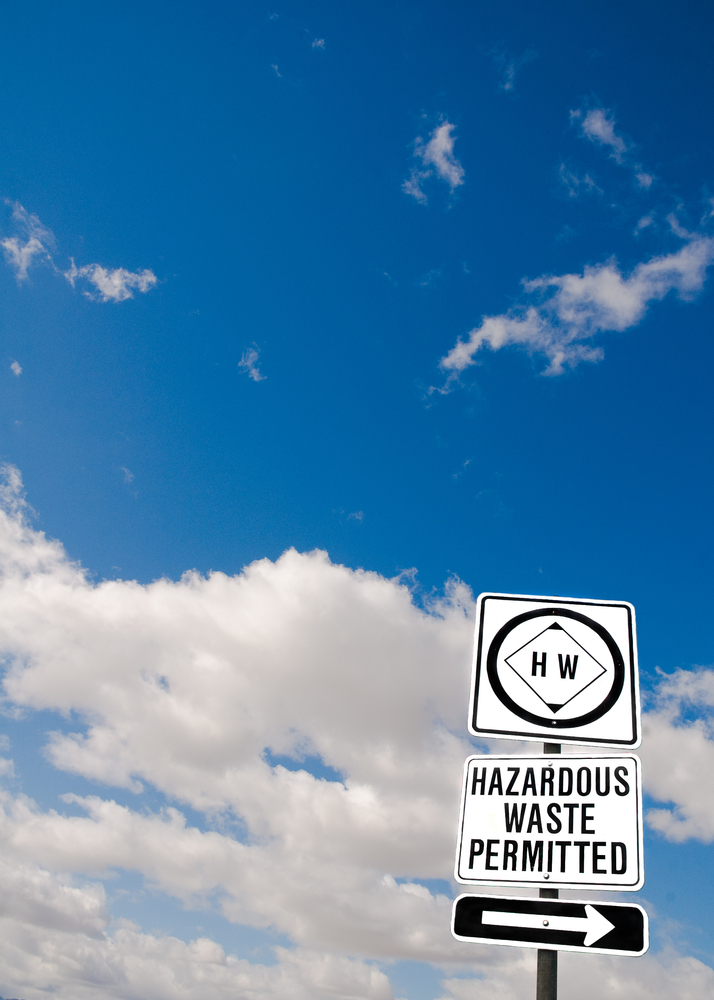 |
In addition, owners and operators of RCRA-permitted transfer, storage, and disposal facilities (TSDFs) may also be required to develop and use WAPs if the generator does not provide the TSDF with a complete and up-to-date waste analysis.
Here is a review of the key requirements and considerations associated with RCRA WAPs.
WAP requirements have been established to ensure that hazardous waste identification and analysis is a rigorous and, when necessary, an iterative process. Raw materials used by industry change over time as do the processes that generate hazardous waste. Consequently, RCRA regulations are revised to amend the definitions of hazardous waste and how specific sectors and processes are regulated. Also, the methods for detecting concentrations of hazardous waste are continually refined. Considering these factors, a WAP that was state-of-the-art 10 or even 5 years ago may be out-of-date today.
Forget expensive calls to lawyers and consultants. With Enviro.BLR.com, you get instant access, 24/7. Try it out today and get an EHS Recordkeeping Checklist, absolutely free. Download Now.
Moreover, a WAP that is ill-equipped to analyze hazardous waste constituents can result in more than misinformation. The Agency states: “Because accurate waste identification is such an important factor for demonstrating compliance with RCRA, misidentification can present a safety hazard and may subject your facility to enforcement actions for violations of permit conditions, LDR [land disposal restriction] requirements, annual reporting, and other RCRA requirements. In addition, accurate waste analysis may be critical for meeting some of the requirements of other regulatory programs such as effluent discharges under the Clean Water Act and hazmat requirements regulated by the Department of Transportation.”
In reviewing EPA’s WAP requirements, bear in mind that the Agency’s RCRA regulations are minimum national requirements. States with RCRA implementation authority are entitled to set regulations that are more stringent than the federal baseline. As with all RCRA regulations, managers are strongly advised to check with their state solid waste offices to determine if they are subject to WAP requirements above and beyond the federal provisions.
Need an answer fast? Relax. Our editors guarantee a personalized response to your questions within 3 business days. Take a free trial of Enviro.BLR.com and see what everyone is talking about. For a limited time, also receive an EHS Recordkeeping Checklist. Download Nowre
When is a WAP Needed?
WAPs are most closely associated with the federal LDRs, which are concentration and/or treatment standards that RCRA hazardous wastes must meet before they can be disposed of on land. Specifically:
- If a generator determines that the waste is hazardous (that is, it is a listed waste or it meets one or more hazardous waste characteristics) and if the generator reaches the LQG or SQG poundage thresholds, the generator must then determine if the waste satisfies all LDR standards.
- If the LDRs have been satisfied, the waste may be sent to a TSDF, and no WAP is required.
- If the LDR standards have not been met, the waste is prohibited. The generator may then treat the waste on-site to come into compliance with the LDRs.
- If the waste is treated on-site in a regulated tank, container, or containment building to meet the LDRs, the generator must prepare and follow a WAP.
- Once the generator determines through the WAP that the LDRs for the hazardous waste have been met through treatment, the waste may be sent to a TSDF with the required LDR notice/certification.
- If treatment renders a characteristic waste nonhazardous, the notification/certification must be prepared and kept in the generator’s on-site files. The notification/certification must be updated if the process or operation generating the waste changes and/or if the Subtitle D (municipal or solid waste) facility receiving the waste changes.
- If the generator does not treat the waste and decides to ship it to a TSDF, the TSDF must then conduct treatment to achieve the LDR standards according to a WAP. A WAP must also be applied if the TSDF learns or has reason to believe that the process or operation generating the hazardous wastes has changed or if the waste received at the facility does not match the waste designated on the accompanying manifest or shipping paper.
- For LQGs and TSDFs, the WAP must also determine if organic air emissions from process vents, equipment leaks, tanks, containers, and surface impoundments exceed an average volatile organic concentration of 500 parts per million by weight, and, therefore, emissions controls are required.
See tomorrow’s Advisor to find out what should be in your facility’s Waste Analysis Plan.
